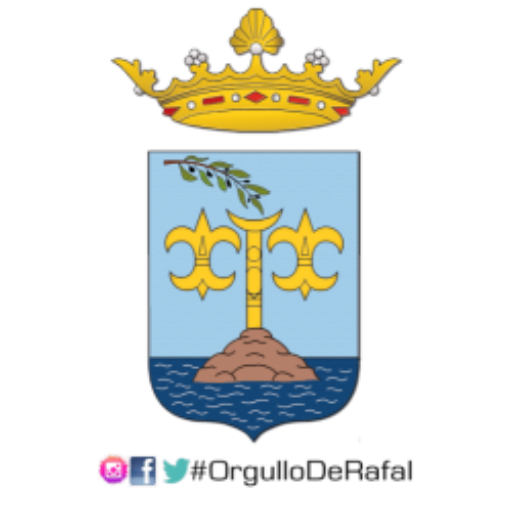Special mention to what today is undoubtedly emblematic and a sign of identity of Easter rafaleña the popular “Graná”. Possibly its origin is the procession of the hallelujahs that are celebrated in other towns to commemorate the resurrection of Jesus Christ, but in this locality acquires particular dyes that make it not have equal.
It was “Aunt Corra” who had the idea of completing the Passion Week with an act that symbolized the power of the resurrection. Thus, and perhaps under the influence of what was done in other places, he ordered a “grana” made of stone carton to be enclosed in its interior with colored paper, flower petals and even white doves.
Suspended from an arch, also built to the effect and placed in the center of the Calle Mayor, behind the church, the “graná” would be opened and its fruits released at sunrise on Sunday, when the disconsolate mother, “the Virgin of the Rosary “Covered with black cloak and escorted by women of the town, he saw his resurrected son,” the Holy One “under pallium and accompanied by men.
This meeting takes place in the arch under the “grana” and preceded by a reverential ceremonial. The “Aunt Corra”, who had no children, reserved for the families of her nephews the honor of carrying out the ceremony. The family of Trinitario Seva was in charge of preceding to the Virgin in his displeasure carrying a white flag and in reverence before the pallium that covered the “Santísimo”, the family of “Gasparos” took care of to remove the mantle to the Virgin. At the sight of their beloved son they opened the “grana”, from which the colors of petals and flowers were scattered and the doves with their flight proclaimed the resurrection of Jesus throughout the Vega.
